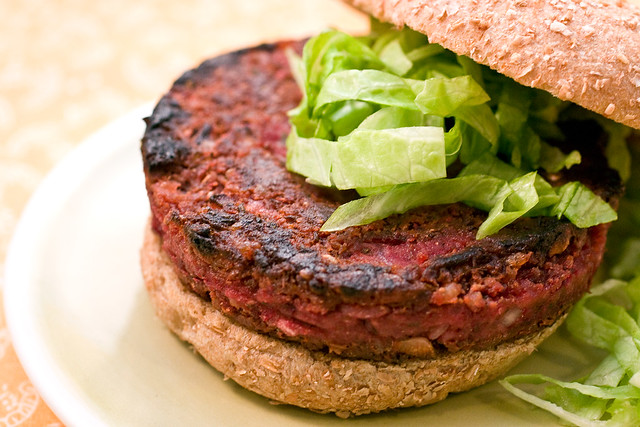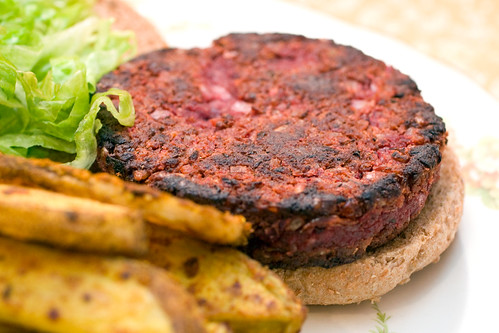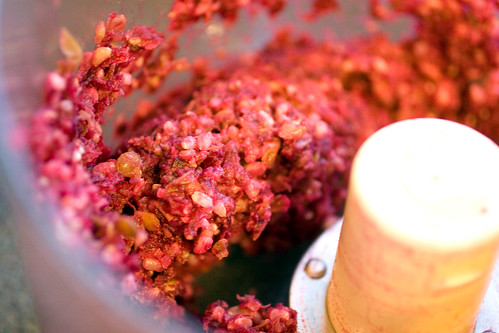I posted the other day about making homemade tortillas. I found a site on the internet that shows how to do it.
http://heart-hands-home.blogspot.com/search/label/Mix%20recipes
You can make them with all white flour, part white or all whole wheat. You can add other grains too. What ever your family will eat and how healthy you want to be.
Our family loves Mexican food: tacos, burritos, enchiladas, quesadillas--pretty much anything you wrap in a tortilla. The cost of store bought tortillas seems to keep going up--$1.67 for 10 tortillas?!
Homemade tortillas are not only very easy and inexpensive to make (about $.25 for 10) they taste so much better than the store bought ones.
Tortilla Mix
16 C. flour (use unbleached or add up to 1/2 whole wheat)
2 Tbsp. baking powder
2 Tbsp. salt (you can use a little less, but some salt really does make a difference in the flavor)
1/2 C-1C. shortening (I like about 3/4 C. of palm shortening (no trans fat!))
Combine dry ingredients in a bowl and stir with whisk to fully mix. Cut in shortening with pastry blender or hands. Store mix in airtight container.
To Make:
Place 2 C. tortilla mix in a bowl, making a well in the center. Add 1/2-3/4 C. warm water, a little at a time, mixing until you have a soft dough.
Knead dough for a short time till it becomes elastic.
Cover with plastic and let it rest 10-15 minutes.
Form small balls, pull the dough around the bottom of the ball to make top smooth. Set aside, covered with plastic wrap.
Dip dough balls in flour and roll out thinly.
Cook on preheated dry griddle until top begins to bubble, Flip and cook for about 15 seconds more.
To keep warm: stack between towels. Wrap in plastic and store in the refrigerator.
This is the recipe I used. I used the sprouted wheat flour because it doesn't seem to raise blood sugars and it's good for you. You could made a bunch of this up and have it handy when you wanted to make tortillas.
WHOLE GRAIN TORTILLAS
1 c. sprouted whole wheat flour
1/8 tsp. salt
2 tsp. chia seeds
2 tsp. ground flax seeds
1/2 c. water
Mix dry ingredients, and add the seeds. Add water to make a dough. You don’t want it too sticky or it won’t roll out. Divide the dough into 3 oz. balls. Roll out. Cook in dry skillet until lightly brown. This recipe made 3 8″ tortillas.
My other recipe called for baking powder, but I liked them this time without it. I filled them with homemade refried beans.
I think the worst part of fixing dinner is trying to decide what to have. Usually when I ask my husband what he wants I get, “I don’t care”, or “it doesn’t matter”. Boy, he’s lots of help. The problem is he’s so easy to please it really doesn’t matter to him. But, last night I asked him what he wanted and he told me he wanted tomato sandwiches. Works for me!!!! What could be easier. Of course, we have to use store bought tomatoes and there is no comparison to homegrown tomatoes. You work with what you have, what can I say.
Have a good day. Do something kind to someone.










































 Fold down about 1/3 of the paper (lengthwise)
Fold down about 1/3 of the paper (lengthwise)







 Start roasting peppers on the grill, if you're roasting your own. While peppers roast, put two cans of white beans in a colander placed in the sink. Rinse the beans until no more foam appears, then let them drain.
Start roasting peppers on the grill, if you're roasting your own. While peppers roast, put two cans of white beans in a colander placed in the sink. Rinse the beans until no more foam appears, then let them drain. Here are the slow roasted tomatoes (thawed overnight in the fridge) and the still-frozen basil I used to make the dressing. I thawed the basil in the microwave for about one minute.
Here are the slow roasted tomatoes (thawed overnight in the fridge) and the still-frozen basil I used to make the dressing. I thawed the basil in the microwave for about one minute. Combine drained beans, pepper strips, and about 1/2 cup of the dressing. If making ahead, this can be refrigerated for a few hours.
Combine drained beans, pepper strips, and about 1/2 cup of the dressing. If making ahead, this can be refrigerated for a few hours. Just before serving stir in chopped basil and chopped oregano, and a bit more dressing. Serve immediately.
Just before serving stir in chopped basil and chopped oregano, and a bit more dressing. Serve immediately. White Bean and Roasted Red Pepper Salad with Roasted Tomato-Basil Dressing
White Bean and Roasted Red Pepper Salad with Roasted Tomato-Basil Dressing